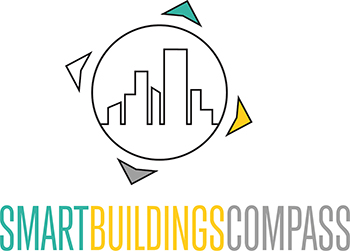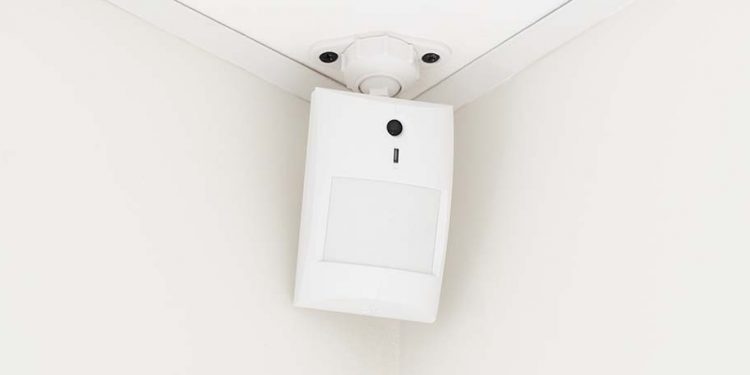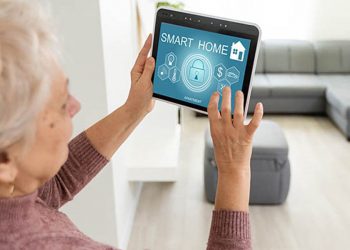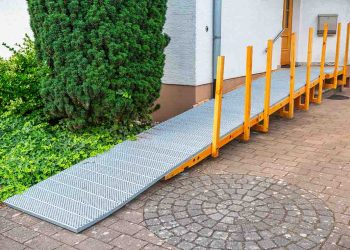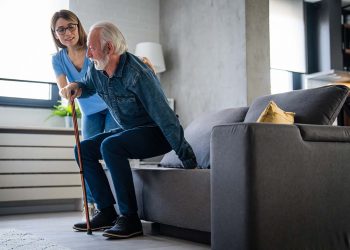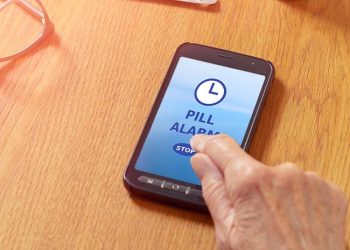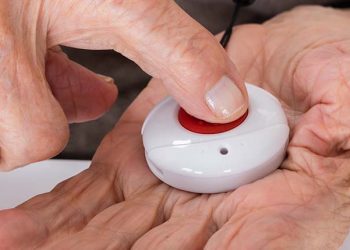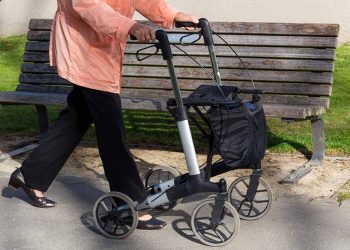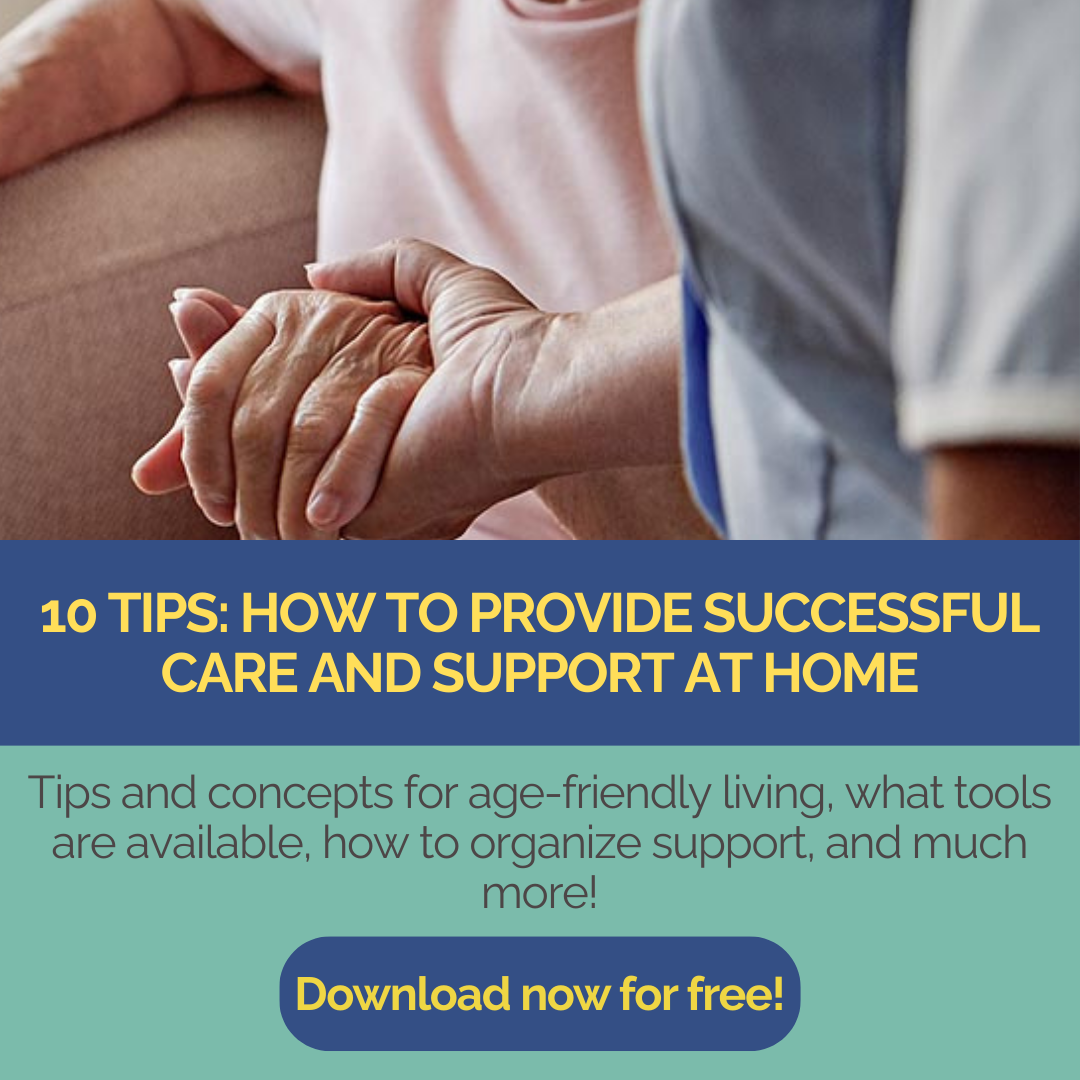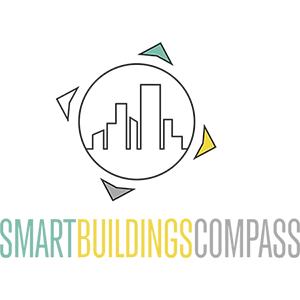Contactless vital signs measurement makes it possible to record health data such as heart rate, respiratory rate or blood pressure without having to wear sensors directly on the body. This is done using modern technologies such as infrared cameras, radar waves or optical sensors. One example of this is the Vayyar sensor.
Advantages for older people
Convenient health monitoring: Older people do not have to wear uncomfortable devices or take manual measurements. Measurements are taken discreetly in the background, for example via sensors in the bed or in the surrounding area.
Early detection of health problems: By continuously monitoring vital data, irregularities such as cardiac arrhythmia or respiratory failure can be detected quickly.
Fall and emergency detection: Sensors not only record vital signs, but also movement patterns and can automatically trigger an emergency call in the event of a fall or sudden indisposition.
More privacy and less stress: As the measurement is contactless, older people feel less observed and experience less stress compared to conventional medical examinations.
Support for chronic illnesses: Continuous data acquisition helps with the long-term monitoring of illnesses such as high blood pressure or respiratory diseases and enables customized treatment.
Relief for nursing staff and relatives: The automatic transmission of vital data to nursing staff or doctors enables better care and reduces the need for frequent visits to the doctor.
Author: Anja Herberth
Chefredakteurin
